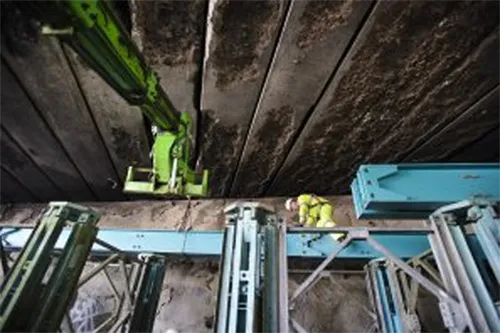One of Britain's major motorways, the M1, is now able to carry traffic in both directions between junctions 1 and 4 near London, following extensive investigation, assessment, and structural reinforcement which has taken place non-stop since Friday, 15 April.
March 1, 2012
Read time: 1 min

One of Britain's major motorways, the M1, is now able to carry traffic in both directions between junctions 1 and 4 near London, following extensive investigation, assessment, and structural reinforcement which has taken place non-stop since Friday, 15 April.
Construction work on the bridge support, and investigations to determine what remedial work needs to be carried out following extensive fire damage in a business under an elevated section of the motorway, are ongoing.
Two lanes in each direction have been re-opened on the motorway, which links the capital with Leeds in northern England. An 11km section of the route was closed following the fire.
Drivers are still advised to check before travelling, and consider alternative routes or means of travel to their destinations as there may still be some congestion due to the reduced capacity of the road.
Construction work on the bridge support, and investigations to determine what remedial work needs to be carried out following extensive fire damage in a business under an elevated section of the motorway, are ongoing.
Two lanes in each direction have been re-opened on the motorway, which links the capital with Leeds in northern England. An 11km section of the route was closed following the fire.
Drivers are still advised to check before travelling, and consider alternative routes or means of travel to their destinations as there may still be some congestion due to the reduced capacity of the road.









